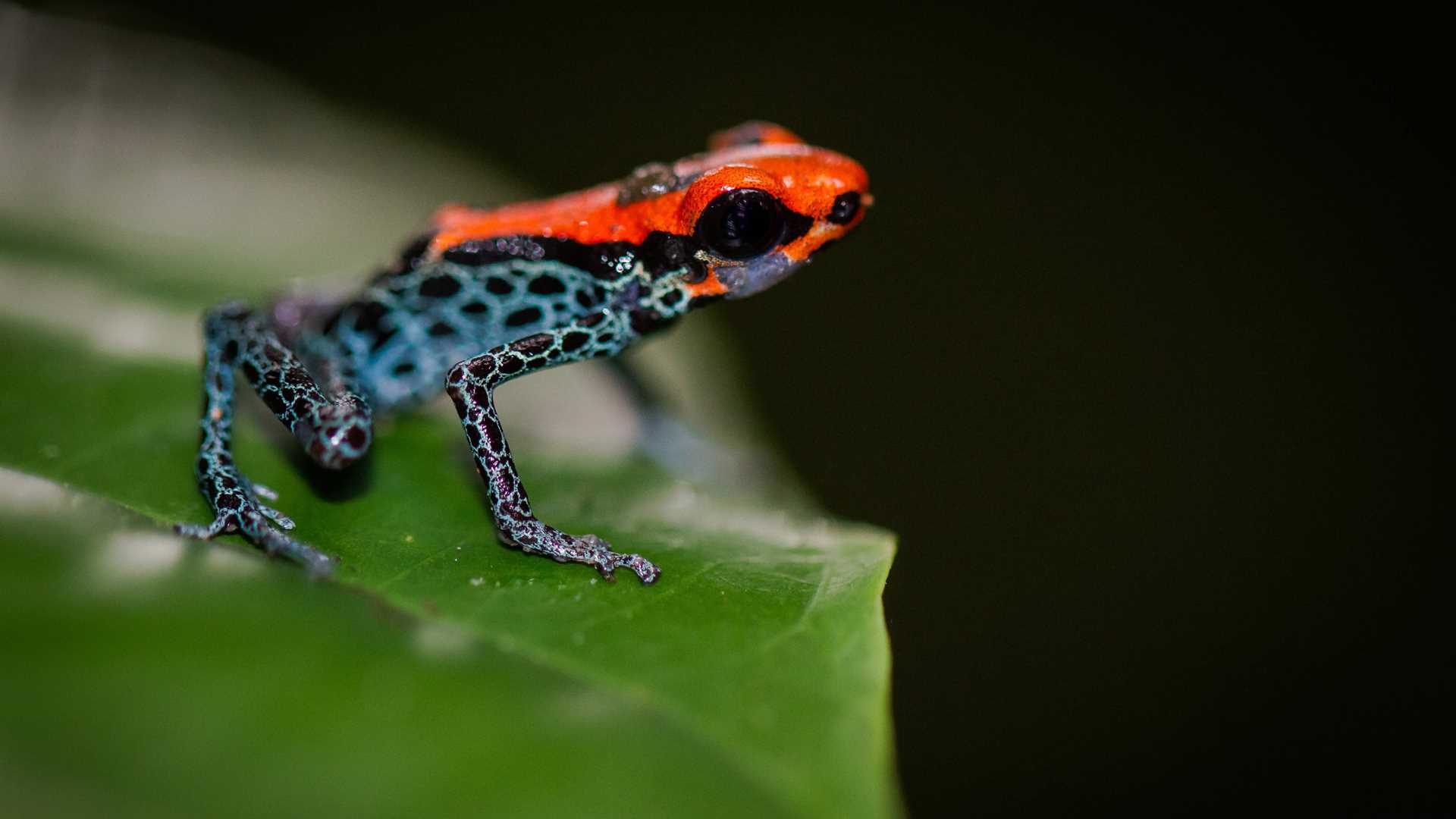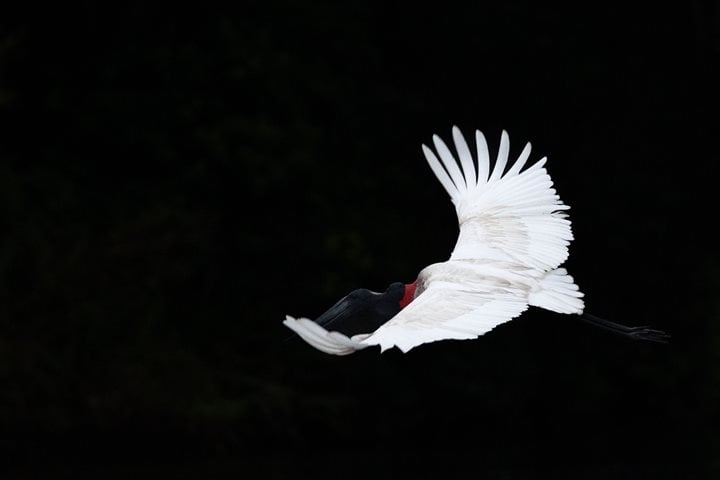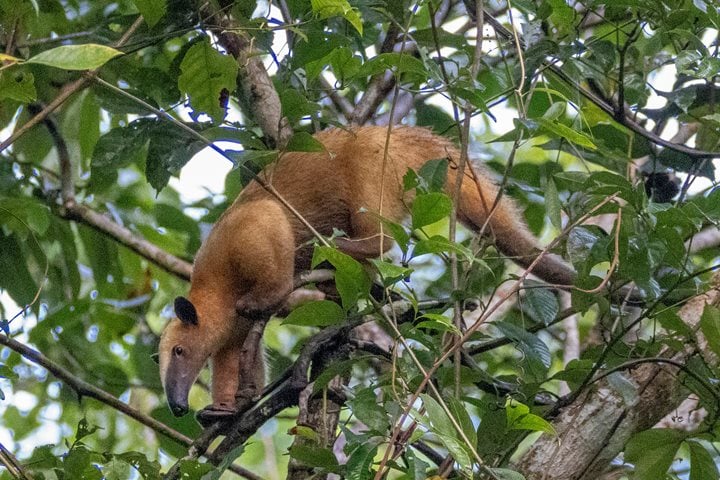Today was our first day exploring the diversity of the Amazon Rainforest. We awoke early so that we could observe the wildlife while it is most active. There was a light drizzle as we boarded the skiffs from the Delfin II, but it is a called a rainforest, after all. After a short ride, we find a place to land and worked our way up to the “terra firma” using steps cut into the sandy bank. It is telling of how dynamic this place is that in another couple months, during the rainy season, this makeshift landing area will be covered in water as the river rises 3-4 meters or greater. Once we reached the high ground we were met with wondrous surprises such as elusive owl monkeys, giant strangler fig trees, brightly colored poison dart frogs, the haunting calls of trogons, and even a young green anaconda!
To make sense of this amazing diversity, it helps to understand how geological and environmental forces have shaped the evolution of the organisms we observe today. The Amazon wouldn’t exist as we know it without the backdrop of the Andes that feed countless tributaries and ultimately contribute 1/5 of the water that flows into the oceans from all the rivers on our planet! This massive mountain chain is the result of subduction of the Nazca plate as it meets the South American continual shelf, causing horizontal squeezing and uplift. What is currently the Amazon Basin a mere 10 million years ago still contained marine environments which changed to freshwater as the rivers began to run. This may seem like a long time ago but it helps to explain why we see white sand instead of soil (the leftovers of an inland sea) and why the Amazon River fauna includes sting rays and dolphins (their ancestors had to adapt to the changing environment or go extinct).
While this may help to explain the origins of the diversity we witness, to truly understand it you have to actually experience it: the rain tickling your neck as drops fall from the “drip tips” of the leaves above, the overwhelming sound of a flock of white-wing parakeets as they fly overhead; the medicinal smell of a crushed piper plant leaf; the intricate pattern on the blue rear legs of the red-backed poison frog; the iridescent scales of a rainbow boa; even the texture of a pink-toed tarantula. Our senses are overwhelmed in just the short time during our hike. As we exit the dim light of the forest we are met with brightness: the smiling faces of the local Cocomas people offering us some of their beautiful crafts. Their handiwork captures a bit of this forest that we can take home with us. Today was just our first day, but now that we have a taste of it we are ready for more.









